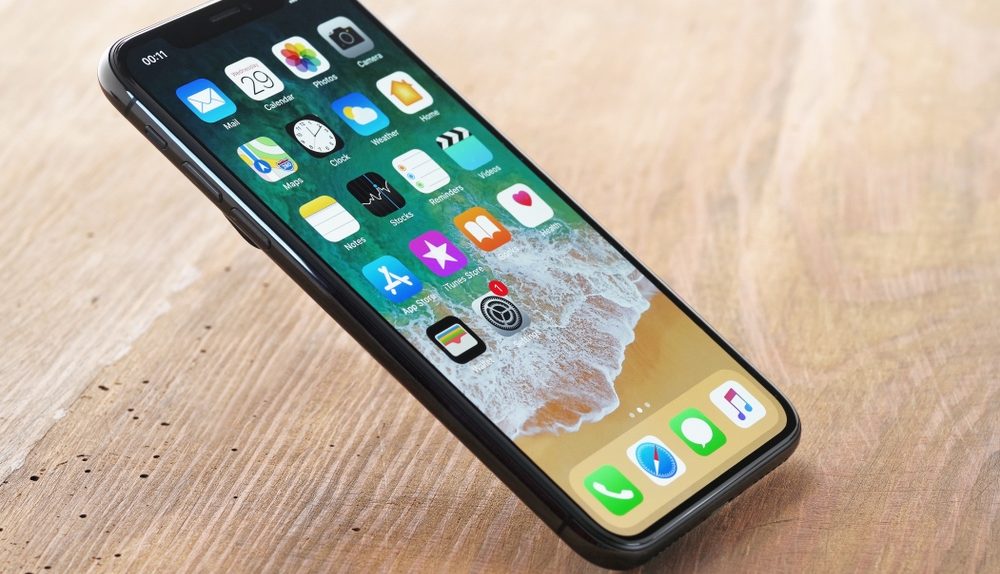More than four months after hitting store shelves, it’s hard to say with any certainty how the iPhone X is doing. This, of course, is partially due to the fact that the iPhone X launched in the middle of the 2017 holiday quarter and was supply constrained for a good few weeks afterwards. Indeed, we won’t get a truly clear view on how the iPhone X is doing until Apple releases its earnings report for Q1 2018 next month.
In the meantime, we’ve seen a new narrative emerge surrounding the iPhone X, namely that Apple’s flagship smartphone hasn’t been selling as well as expected. Earlier this week, for example, an investor note from Longbow Research relayed that the “iPhone X didn’t sell well during the holiday season.” What’s more, there have been a handful of reports claiming that poor sales prompted Apple to slash iPhone X orders in half for the current quarter.
More recently, a new research note from Cowen & Company (via AppleInsider) claims that while iPhone X production has aligned with expectations during the current quarter, demand may drop significantly in the weeks ahead.
While overall units are largely unchanged, build expectations for the [iPhone] X continue to be curtailed,” writes Ackerman, suggesting the second quarterly production will result in 17 million units, down from the month-ago prediction of 21 million.
…
Going into the second quarter, the demand momentum for iPhones as a whole is thought to be under expectations based on the firm’s field work, with a “more concrete view” of second quarter production putting the device family at approximately 42.5 million units.
As to why iPhone X demand might be falling, a recent survey from Piper Jaffray revealed that many iPhone X users opted not to upgrade because the iPhone X — with its $999 starting price — was simply too expensive.








